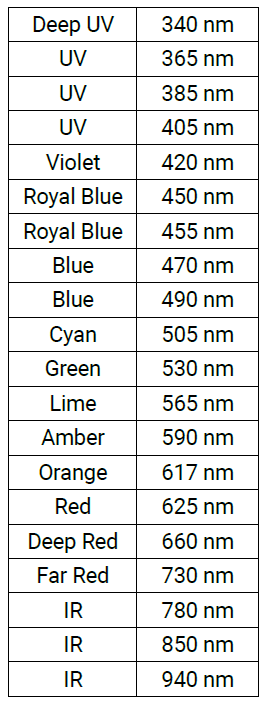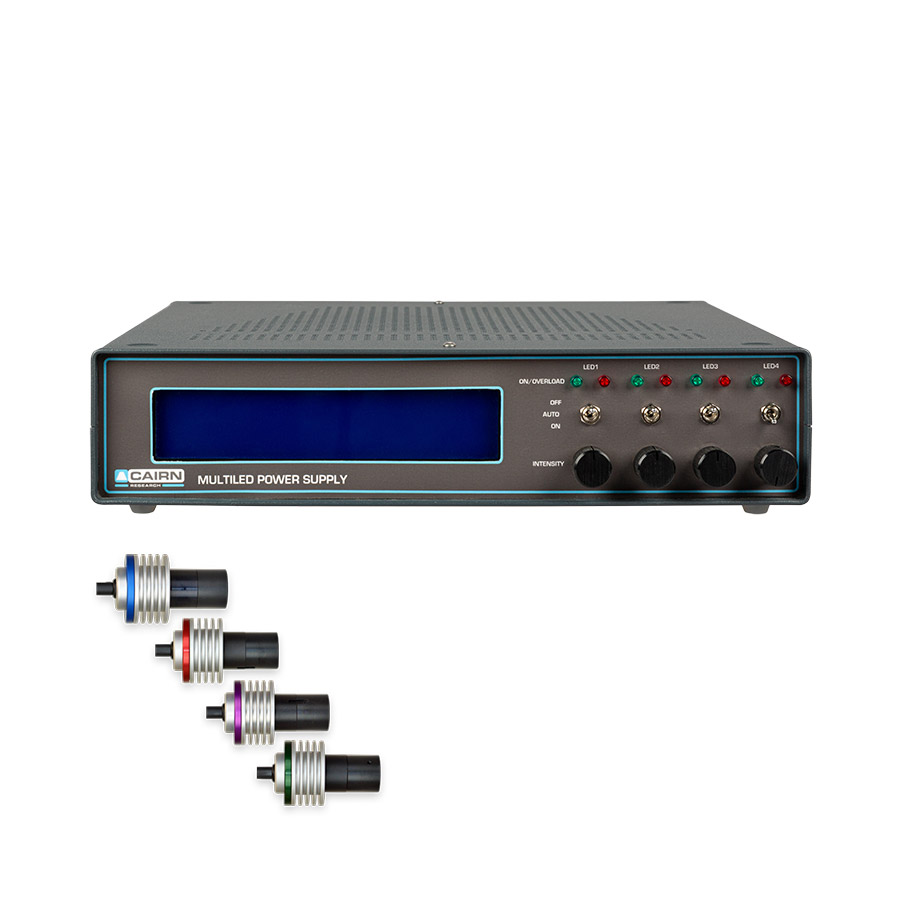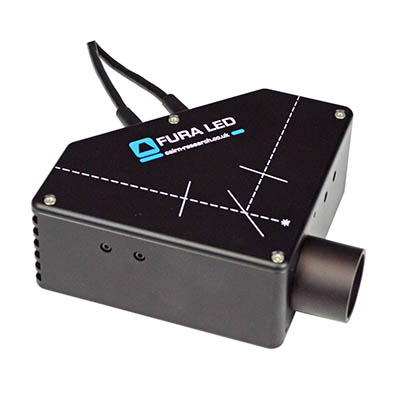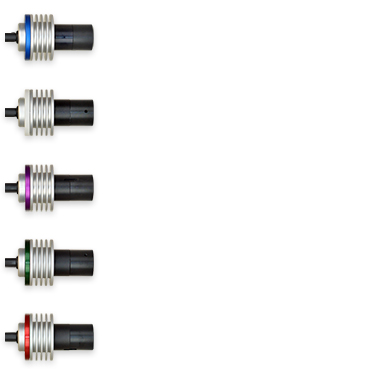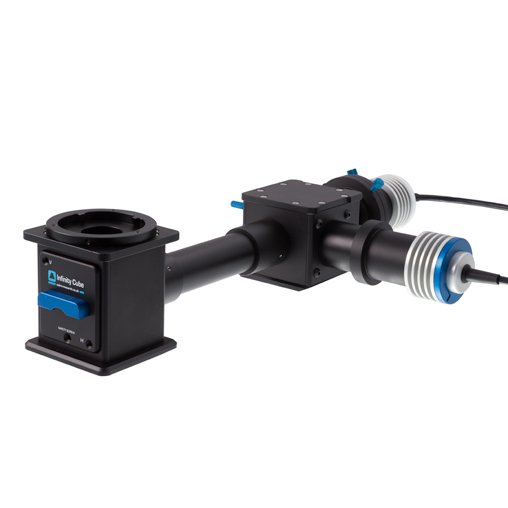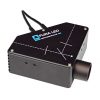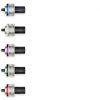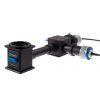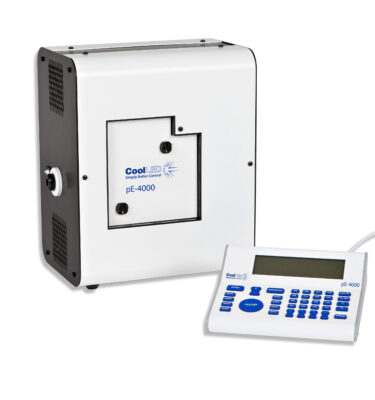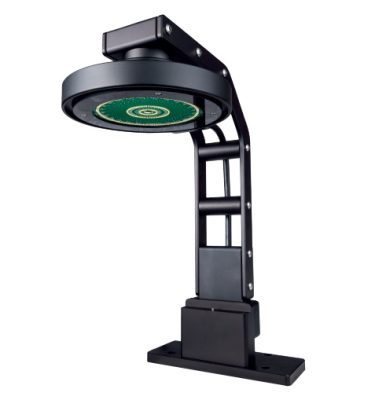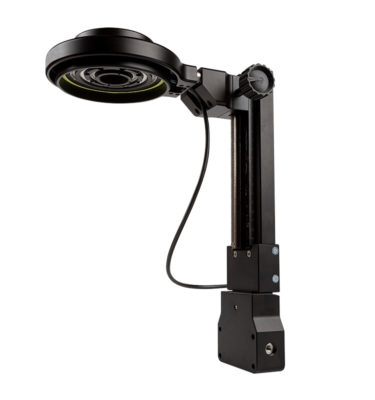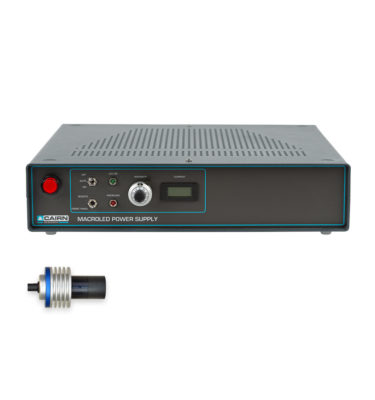Product Description
Introducing our latest and finest LED light source
New four channel version of our OptoLED range!
The MultiLED includes USB control and a graphical user interface as standard. LED heads now include memory chip to set and show LED information and operating parameters on a built-in alphanumeric display.
“Boost” mode available for temporary LED overdriving while maintaining protection and programmable timers with millisecond resolution and microsecond accuracy now included.
The option of combining these devices with optical feedback control continues for the MultiLED. This offers key advantages for live cell recordings where short and long term intensity variations may be a problem without this facility. The ultra-high stability and near-instantaneous (just a few microseconds) vibration-free switching and intensity modulation are valuable in a wide range of applications such as combined imaging and electrophysiology, voltage sensitive dye studies and high-speed tracking. The facility to “gate” the light source directly from the camera and thus only expose the specimen while the camera is integrating helps reduce photobleaching/photodamage and also prevents bleedthrough during frame readout or rolling shutter artefacts. Ultraviolet and white LEDs are also available for uncaging applications and brightfield illumination. The rapid modulation and ability to accurately define independent illumination areas for different wavelengths make both the OptoLED and the new MultiLED the ideal sources for Optogenetics. A built-in programmable timer function is also now incorporated, which allows these and other applications to be controlled entirely within the light source itself. Also the control range is now automatically matched to the maximum continuous current rating for each LED, while at the same time allowing an optional “boost” facility for transient overdriving.
Available Wavelengths
The range of wavelengths available from ultra-bright LEDs covers the absorbance peaks of most fluorescence indicators and Optogenetic tools. The table below shows the standard range, however we can also source more specialist devices on request.
Depending on the combination of wavelengths required we can combine two or more devices using dichroic mirrors. Please contact Cairn for recommendations on the best LEDs and filters for your experiments.
